
If you run an errand downtown, you’ll very likely come across a wall with a painting on it of a super smiley chicken holding a thigh with French fries. Or if you go to a beach, it’s nothing out of the ordinary to be greeted by the drawing of a fish eating ceviche on the front of a building, inviting you to step inside the soda (small restaurant).
These images are common in popular art: the street advertising designs that adorn workshops, bars, beauty salons and any type of business you can imagine.
The creativity and talent of the people of Guanacaste who design them is undeniable, but many times, in our daily routine, these paintings go unnoticed.
The project devised by the municipality, community residents and businesses has downtown Bagaces covered with murals
For several years now, there have been projects throughout Latin America that are working to make sure indifference or the passing of time don’t forever erase this art that speaks volumes about our towns.
A Route of Drawings
Juan Manuel Betancourt is a Venezuelan graphic designer who came to Costa Rica in 2003. That year, he walked through the heart of San José every day to get to work. During this walk, he began to photograph drawings of a character that caught his attention: fried chicken. Little by little, he was collecting material from different signs and typographies on businesses until he decided that he should do something with all of it.
In 2012, I came up with the idea of taking the project to something more solid, like a magazine on identity and popular graphics,” recalled Betancourt.
Iden-Tica came about as a result of that interest. It’s a magazine that has published seven editions on popular Costa Rican art with the idea of collecting these works and giving value to them.
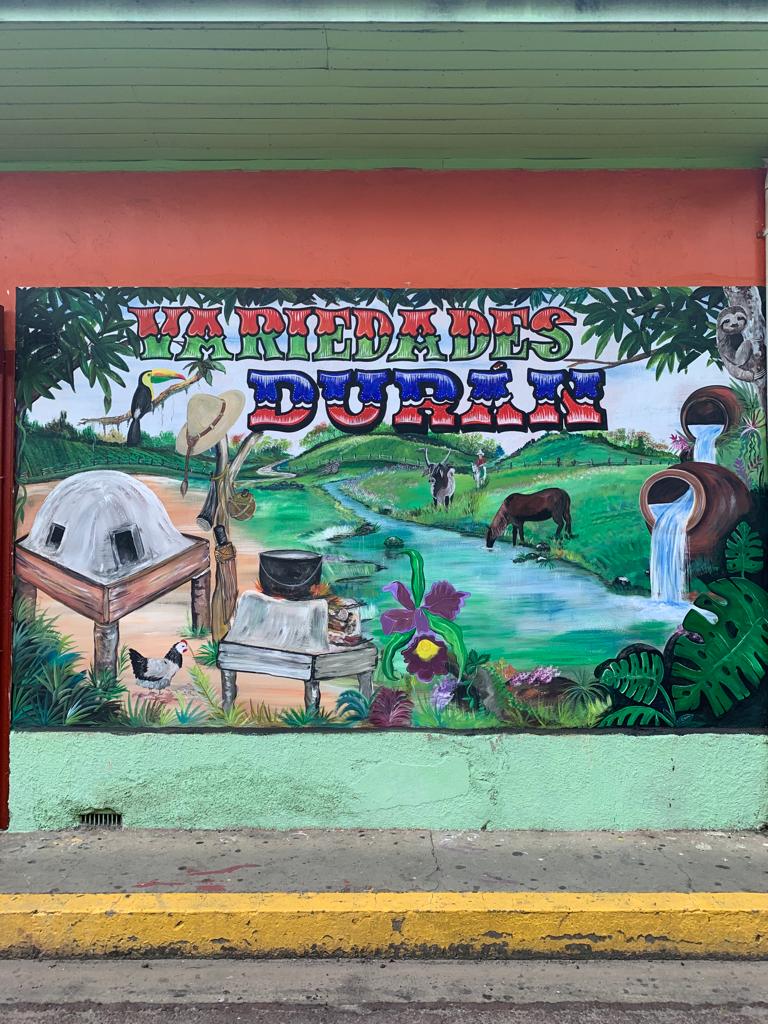
Miguel Cubero’s popular art in Liberia.Photo: Juancho Betancourt
The designer explained that popular art is a style of advertising used in businesses that target a low- and middle-class audience. It is generally painted by sign makers, often anonymous, with low levels of education, who have learned the trade through experience.
“For me, it’s a quite authentic popular expression of art towards visual communication and advertising. It’s something that belongs to our culture, to our idiosyncrasy, to our daily life, but many times, it goes unnoticed because you see it all the time on the walls, you don’t see it with the value it really has,” said Betancourt, who moved from the neighborhoods of San Jose to the coast of Tamarindo a year and a half ago.
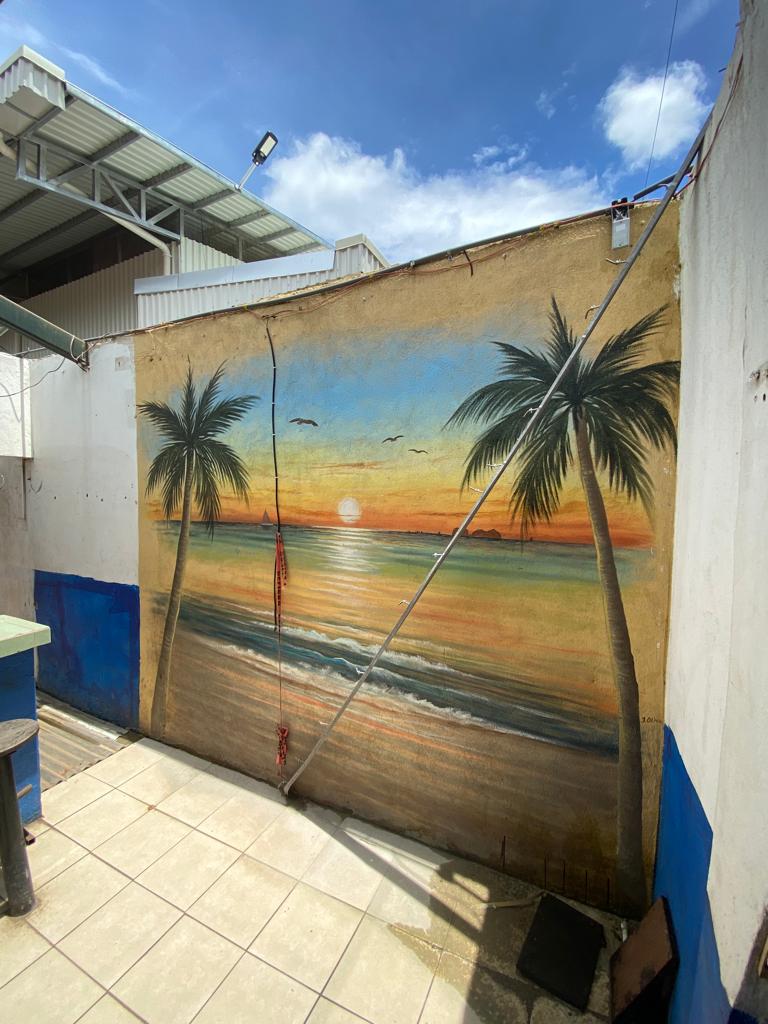
Salón Victoria in Matapalo de Santa Cruz.
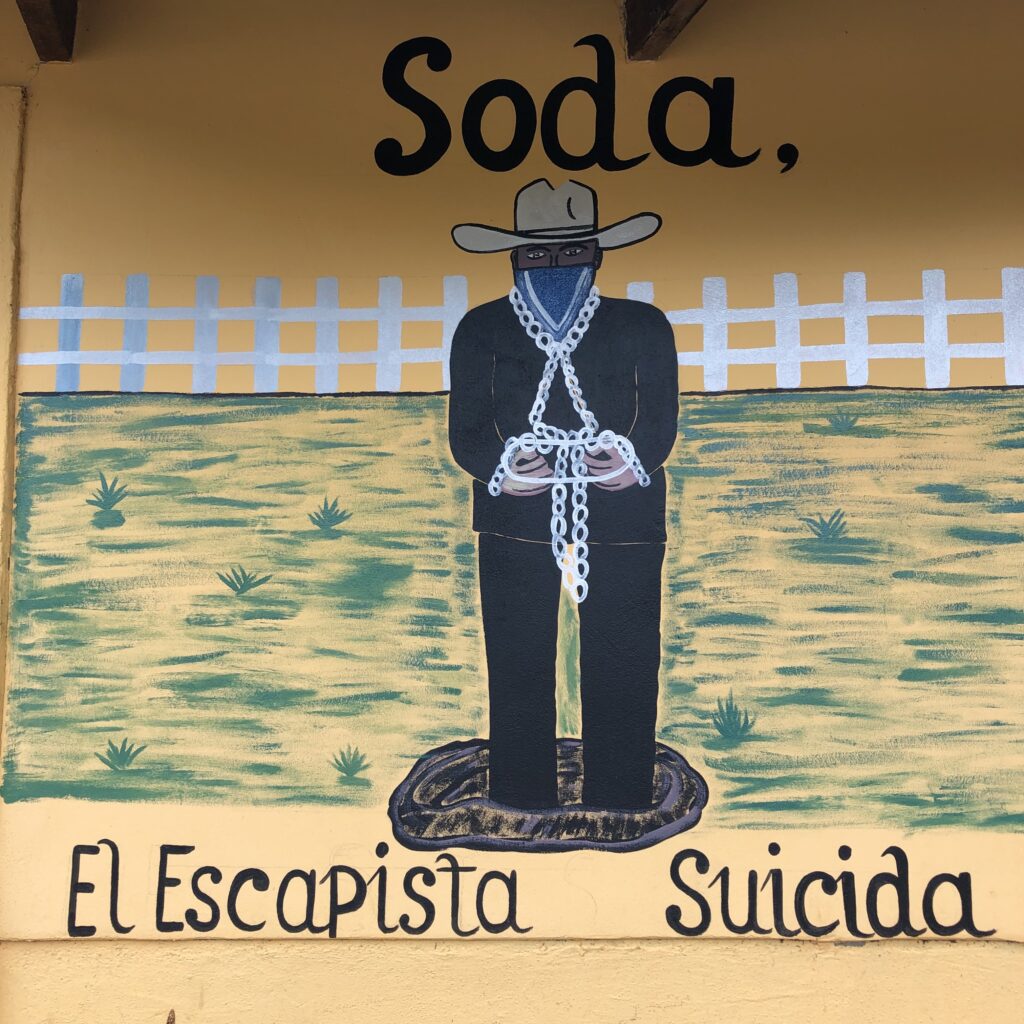
Soda El escapista Suicida in Cartagena de Santa Cruz.Photo: César Arroyo Castro
Through its Instagram account, Iden-Tica receives images from all corners of the country. But by living here, Betancourt has noticed the peculiarities of Guanacaste’s popular art.
Santa Cruz, Mexico City, Lima
When you look at one of these drawings, you understand a lot about the community: their way of eating, having fun, the place’s customs and its landscape.
“In this area, which is hotter, has more beaches and is more tropical, the presence of fauna is more noticeable in the style of signage. There is a lot of identity related to the subject of bulls or all the Creole strength that exists in Santa Cruz,” explained Betancourt. He clarified that this is not just a phenomenon of Guanacaste or Costa Rica, but rather “it’s something that is very much a part of us in Latin America.”
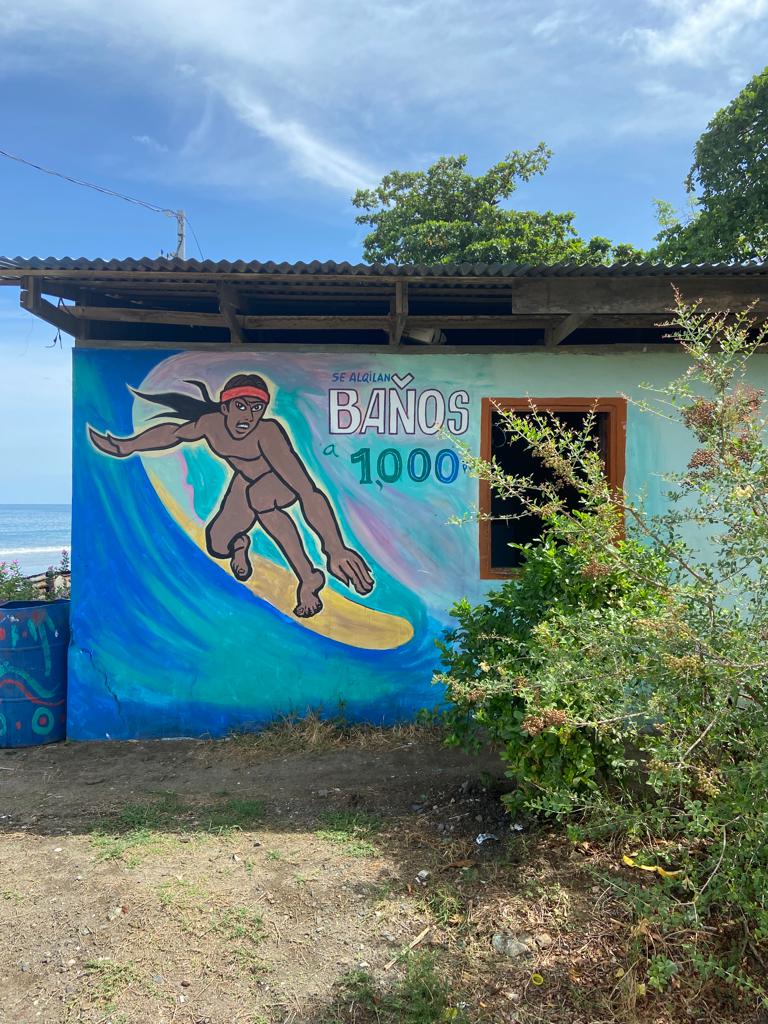
Brasilito Beach in Santa Cruz.Photo: Juancho Betancourt
In Peru, they use fonts with lines that are very typical of Japanese culture (which is very present in that country) and use fluorescent colors to make them stand out against the gray days of Lima.
Ver esta publicación en Instagram
“The Dominican Republic’s art has a lot of flavor. It‘s full of voluptuous women and is very erotic,” said Betancourt.
Ver esta publicación en Instagram
In each country or town, there’s a local sign maker with a characteristic style that is influenced by the environment in which he or she lives.
Ver esta publicación en Instagram
Ver esta publicación en Instagram
The Colombian project Popular de Lujo, in addition to documenting the country’s graphics, has also been able to create awareness of the sign makers behind each work of art and talk about their life and graphic style. Iden-Tica has made an effort to do that but it has been very difficult to achieve.
Ver esta publicación en Instagram
These anonymous painters are difficult to contact. There’s always a lot of mystery behind all of these sign makers,” affirmed the designer.
Sign Makers During the Era of Printing
Jaennier Zúñiga is one of the people responsible for several of these signs that adorn the walls of Nicoya, the place where he was born.
“I started street art when I was in high school. I realized that I had the gift and then the teachers started to motivate me. I started earning money there at a very young age, around 12 or 13 years old,” recalled the sign maker.
During his career, he went through a time of prosperity. He had a lot of work in all the coastal areas in the late 80s. He’ll never forget the day when he began to take orders in Playa Flamingo. That same afternoon, he was asked for 70 signs. But everything “became difficult when technology came in,” explained Zúñiga.
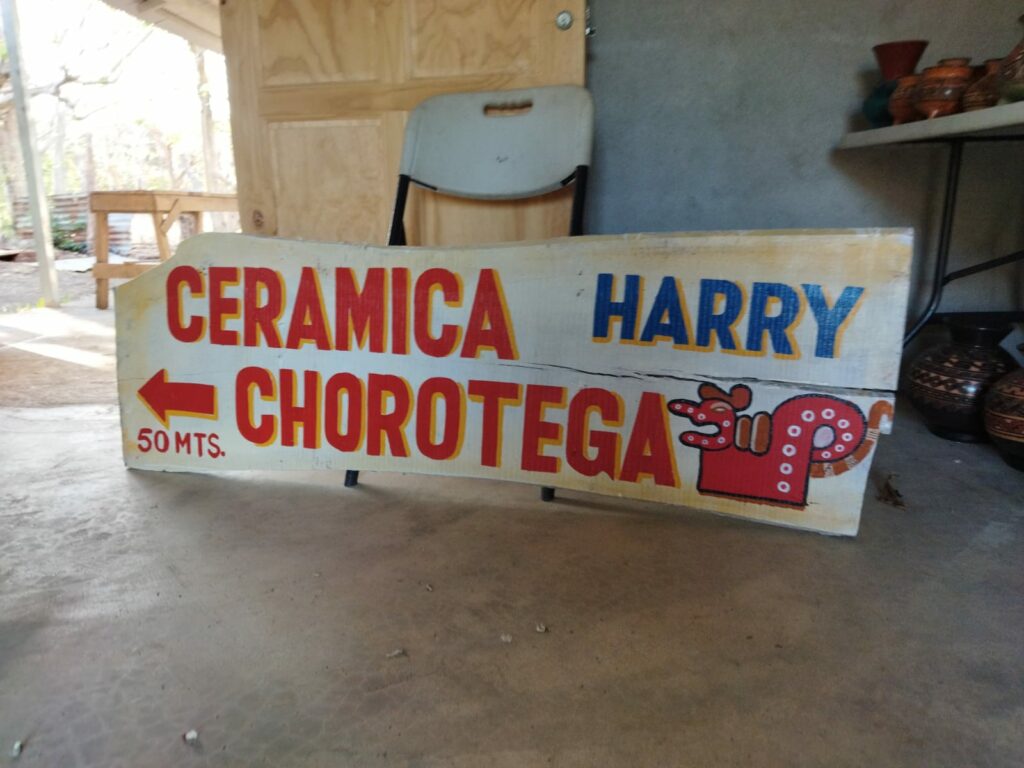
Jaennier Zúñiga’s popular art in Guaitil.Photo: Jaennier Zúñiga
Printing banners greatly reduced costs and stole the market away from sign makers like Jaennier. The same thing happened to Miguel Cubero, a 58-year-old from Liberia who made many of the signs that adorn shops in the white city.
Both agree that this new rival they are facing has given them a battle but won’t make their job disappear.
“The ink gets damaged very quickly and they dry out. I’ve seen it. Everything cracks and gets damaged, five or six months and they’re already falling apart,” explained Cubero, who has a full schedule and orders in La Cruz, Cóbano, Las Juntas, Miramar…
Beyond an issue of materials, Juan Manuel Betancourt believes that reviving popular art has opened the eyes of other people so that they have a different perception of this type of art.
For example, Cubero was recently hired by a large soft drink company to send proposals for different typography for their new advertising campaign.
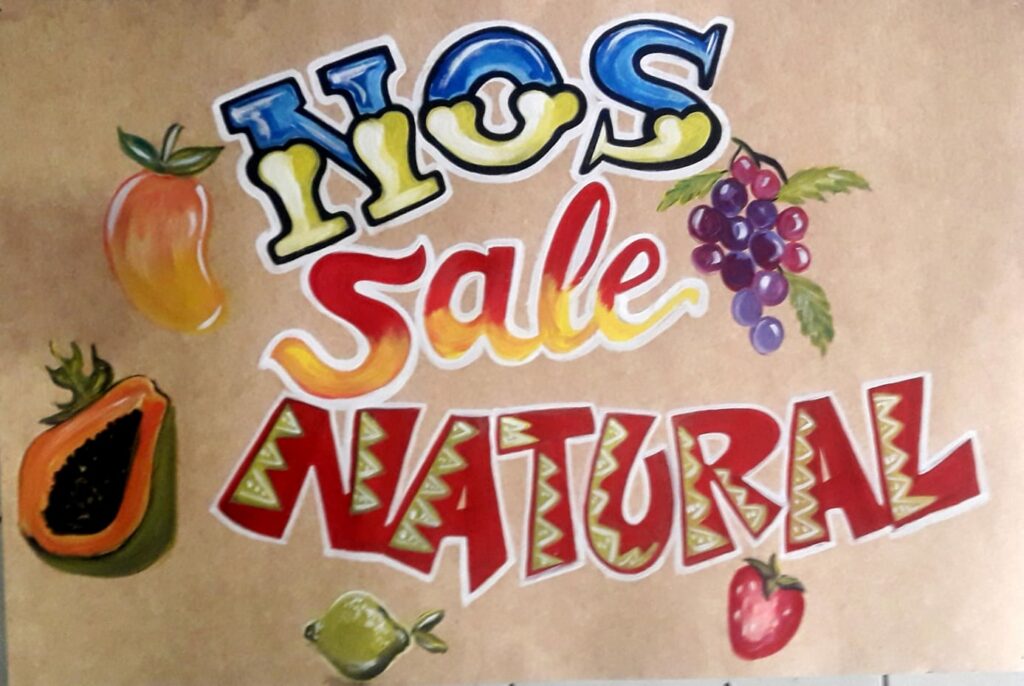
Miguel Cubero’s popular art.Photo: Miguel Cubero
“Rather, I feel that at the moment, popular art has had a rebound. Time ended up showing that this type of printing doesn’t last, doesn’t have a presence, doesn’t have flavor, doesn’t have magic,” commented the designer.


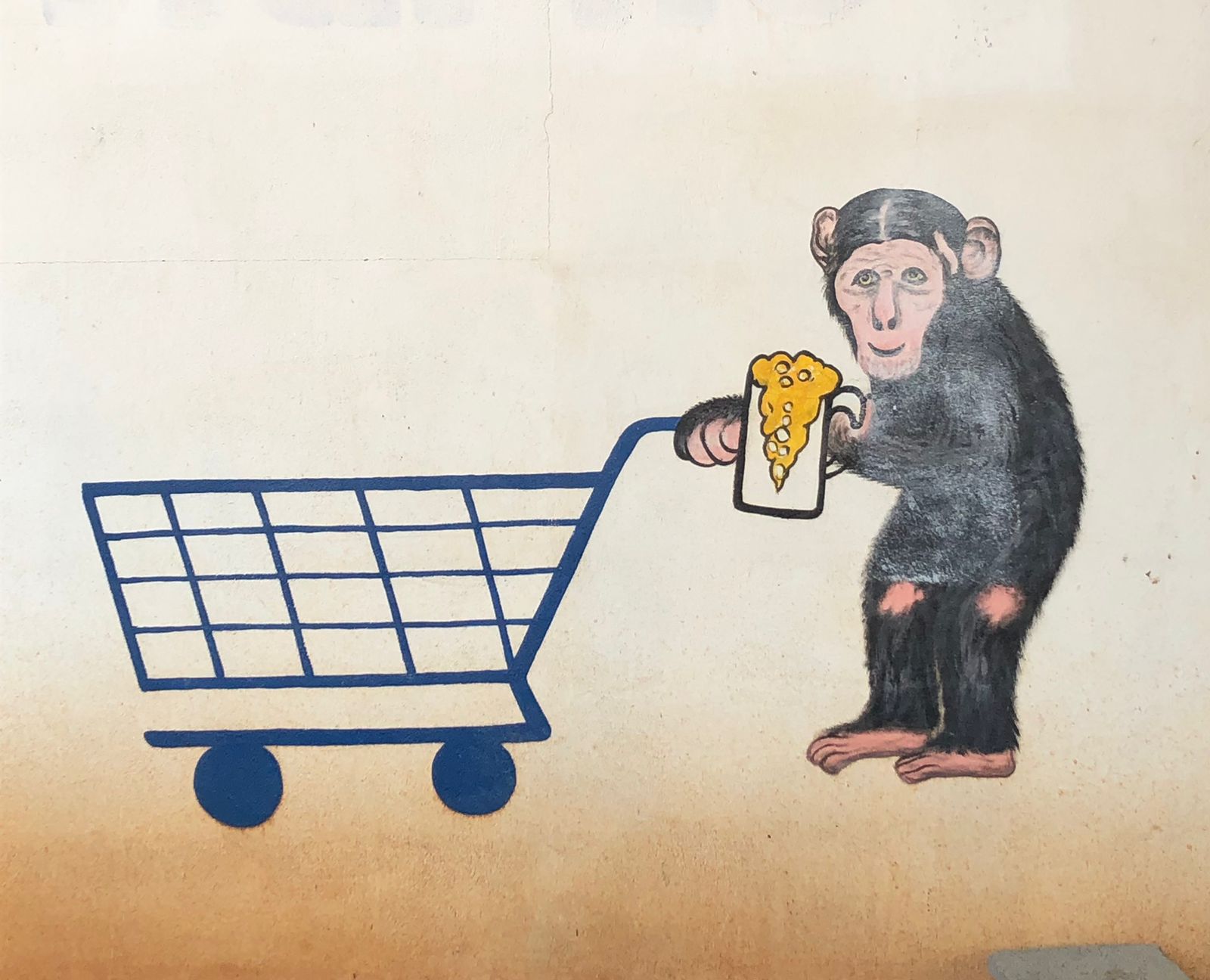
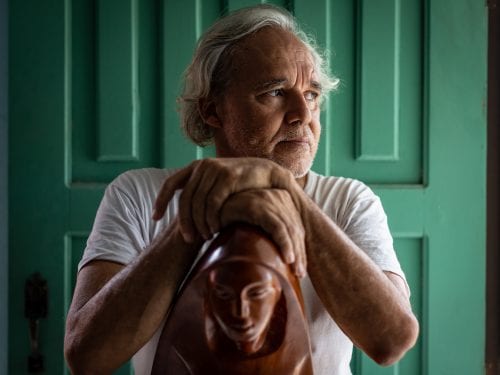
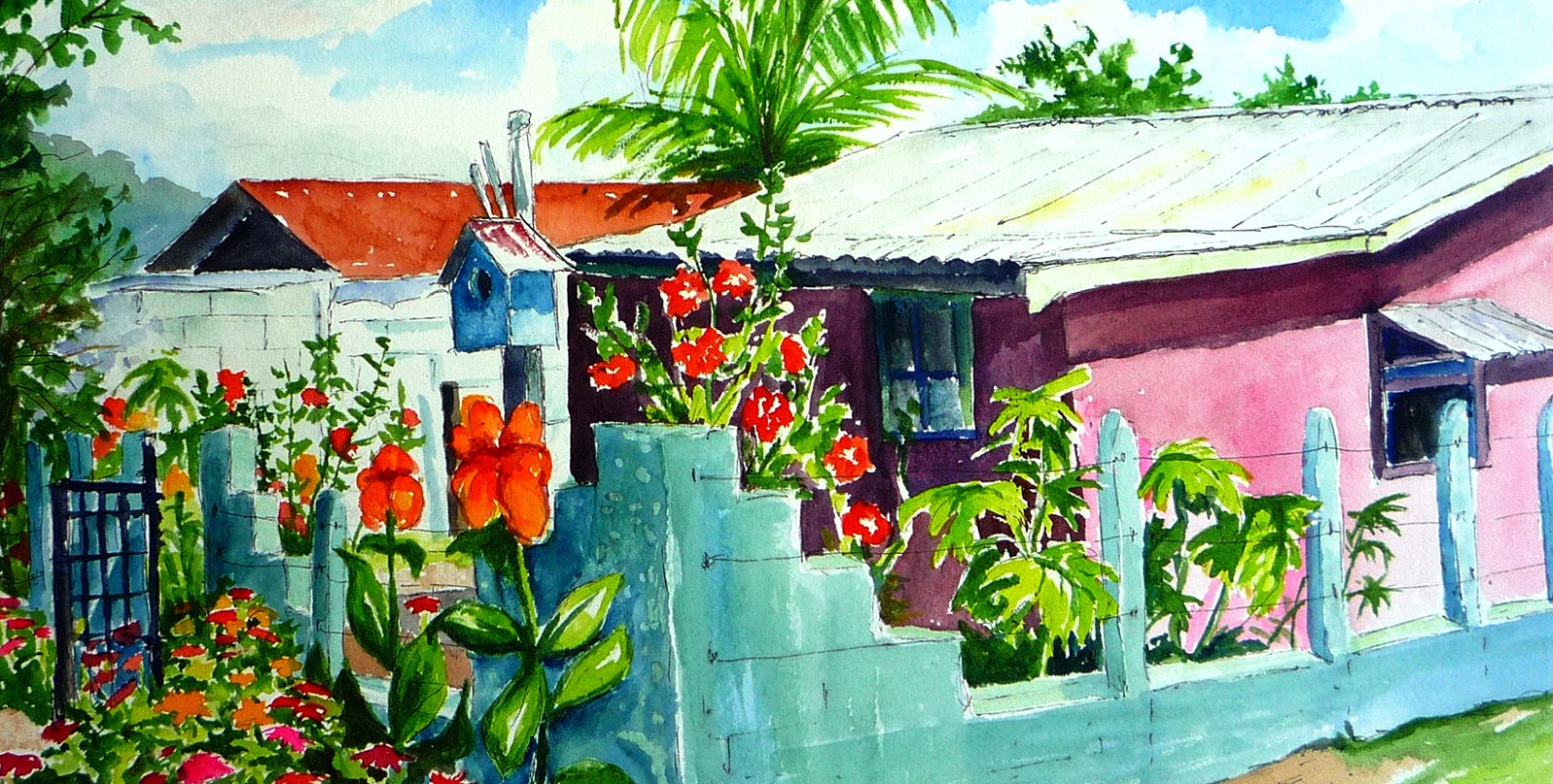
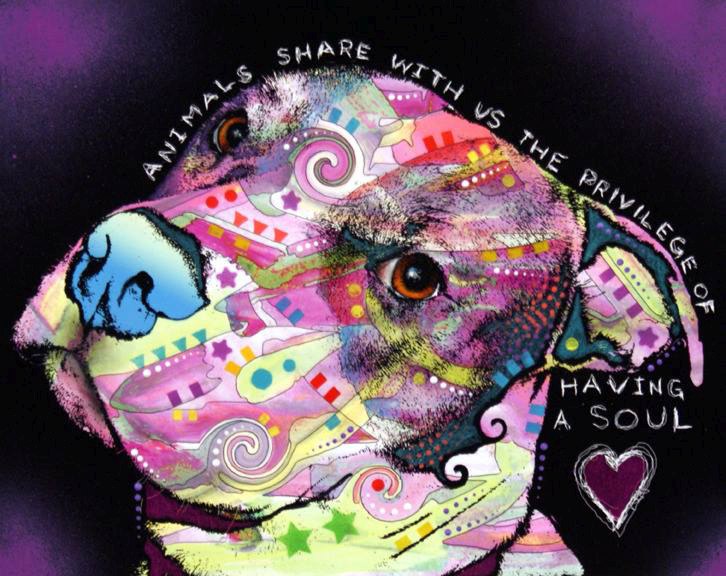

Comments